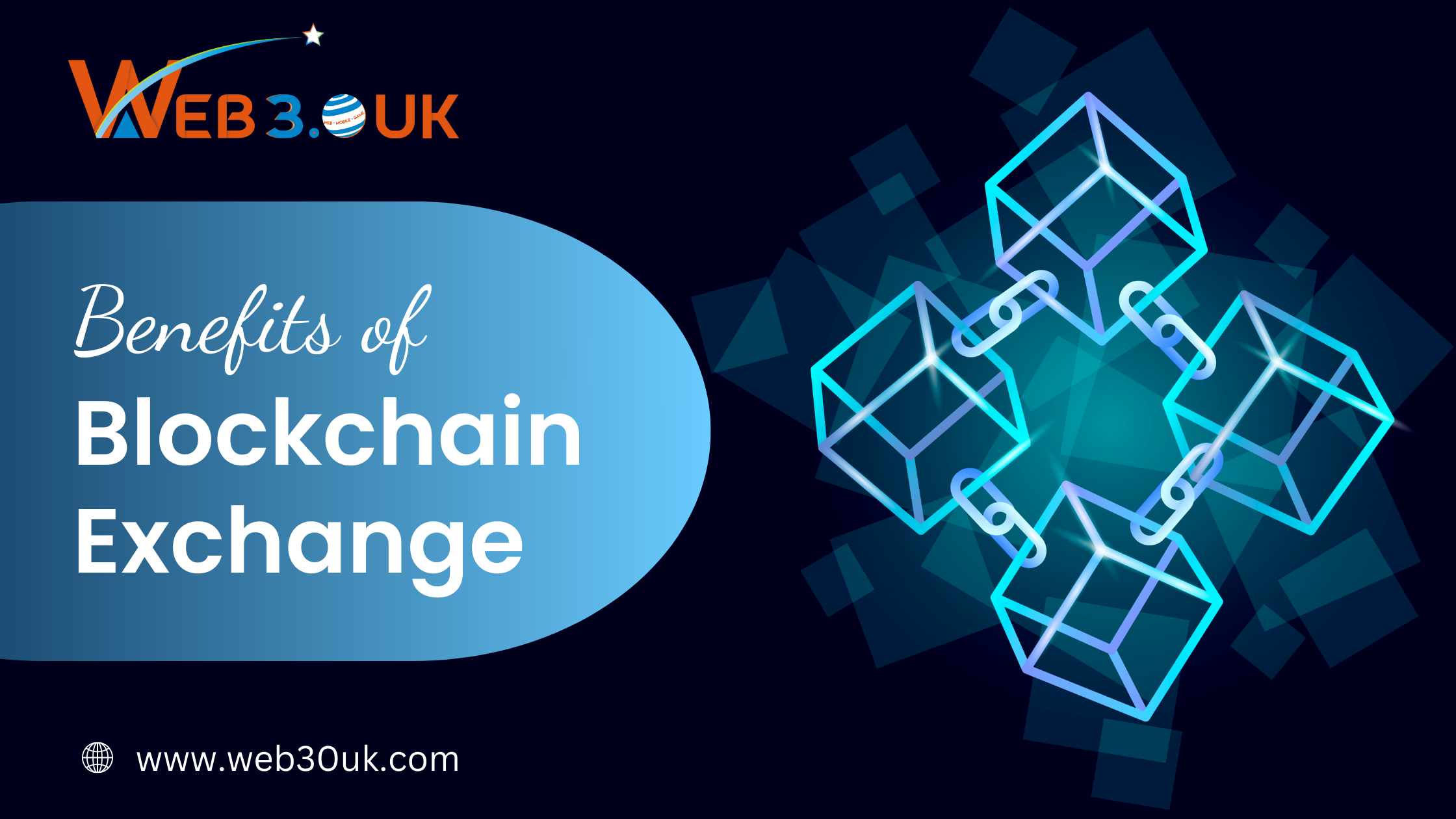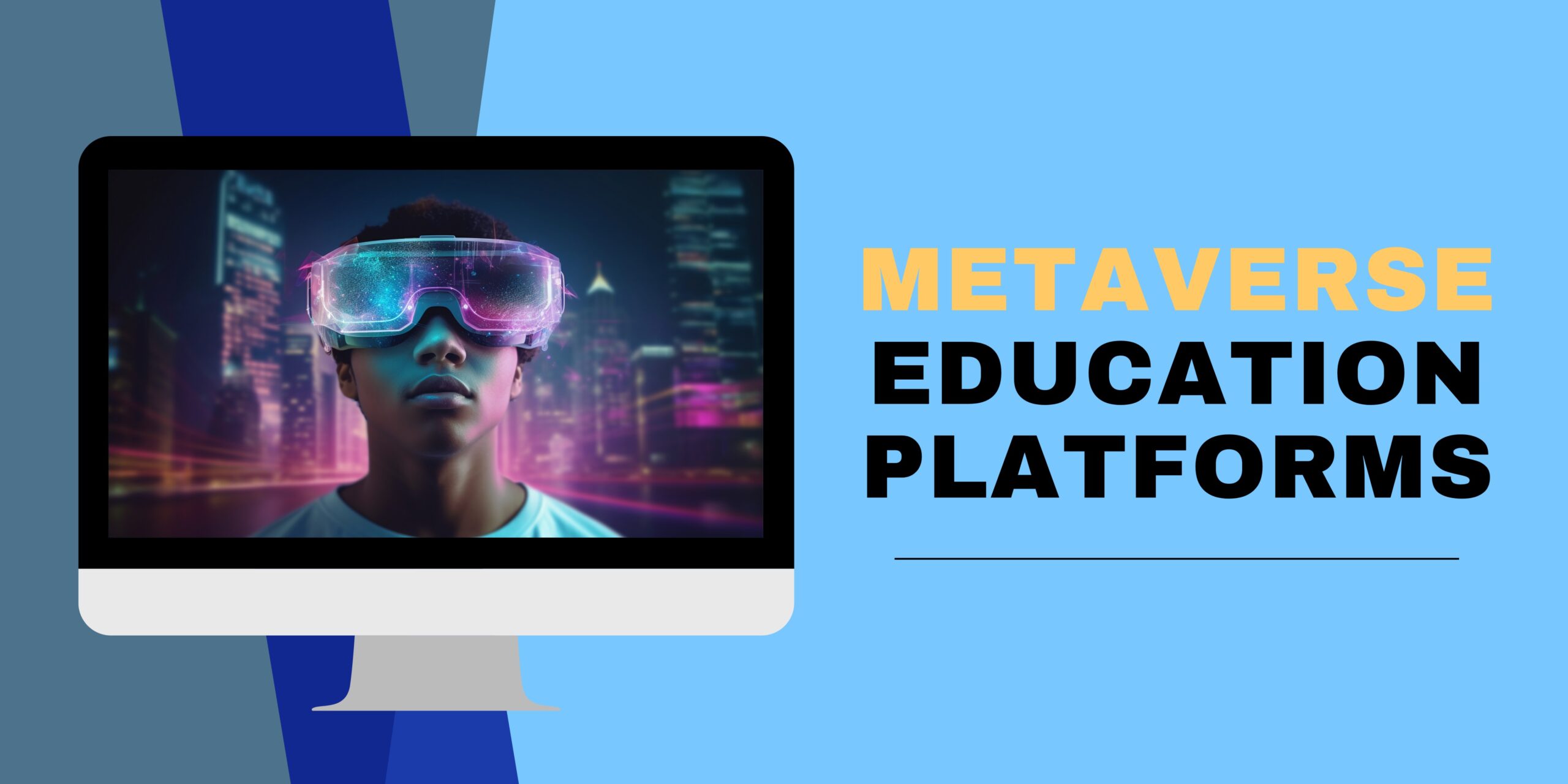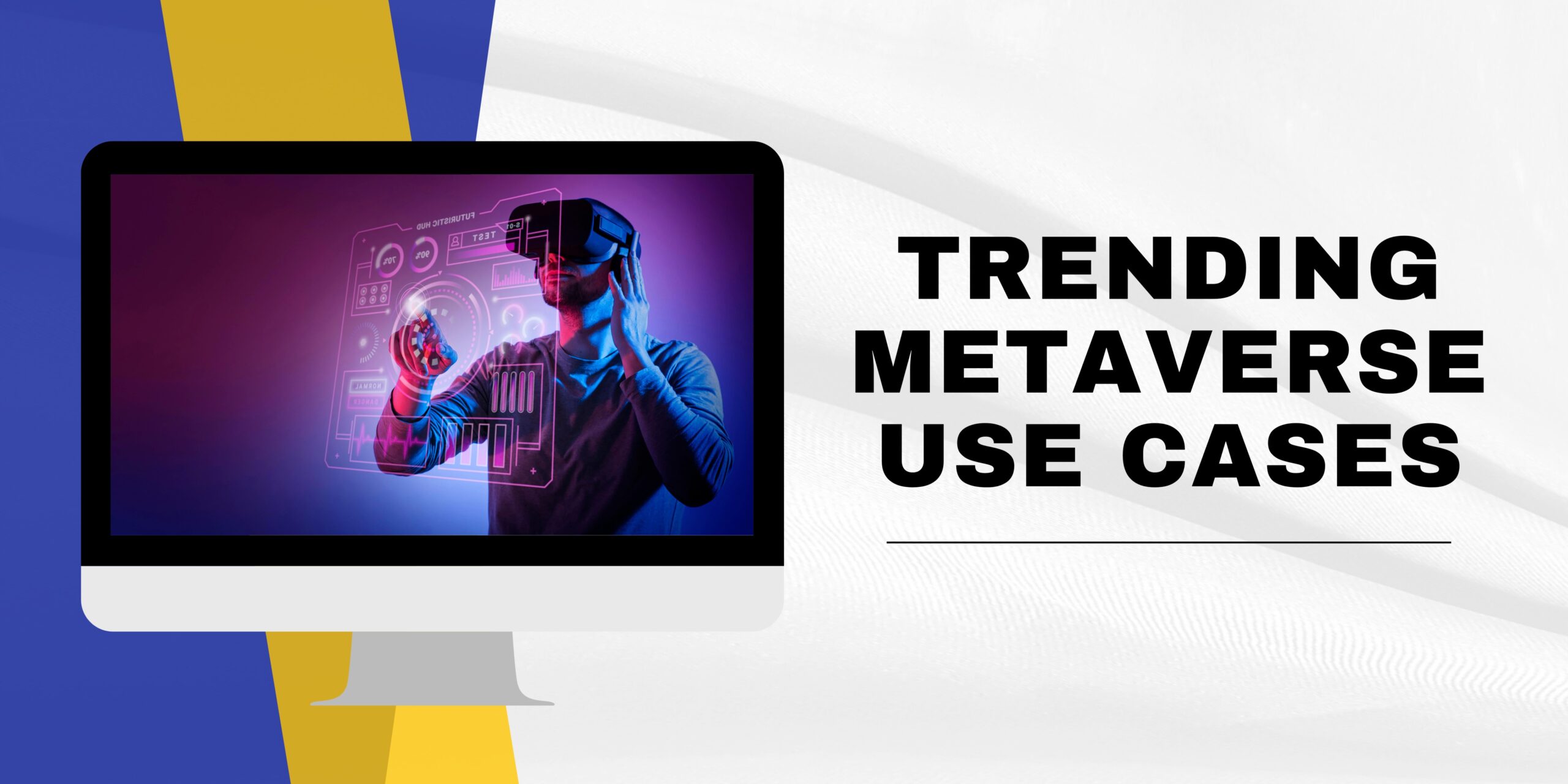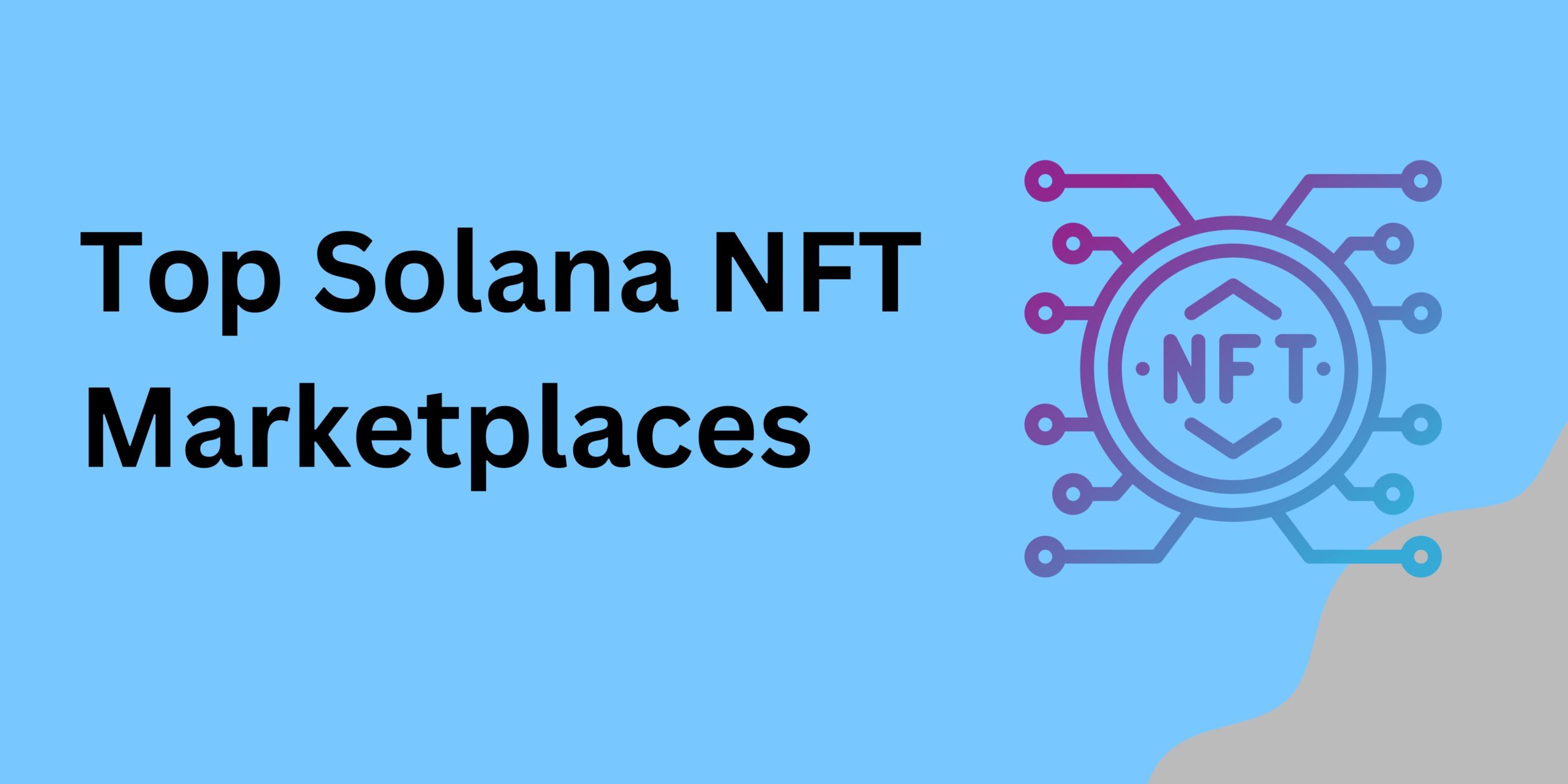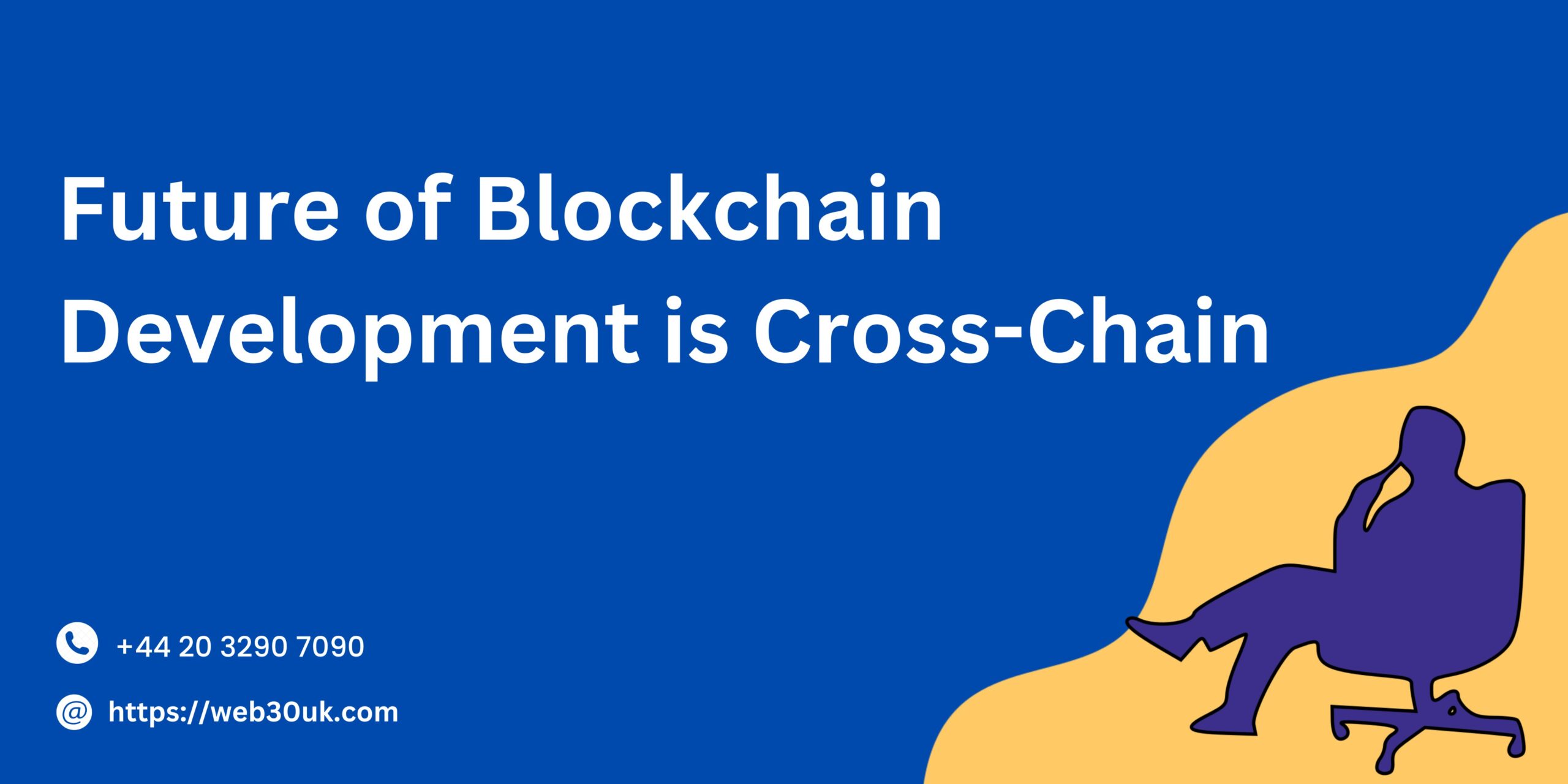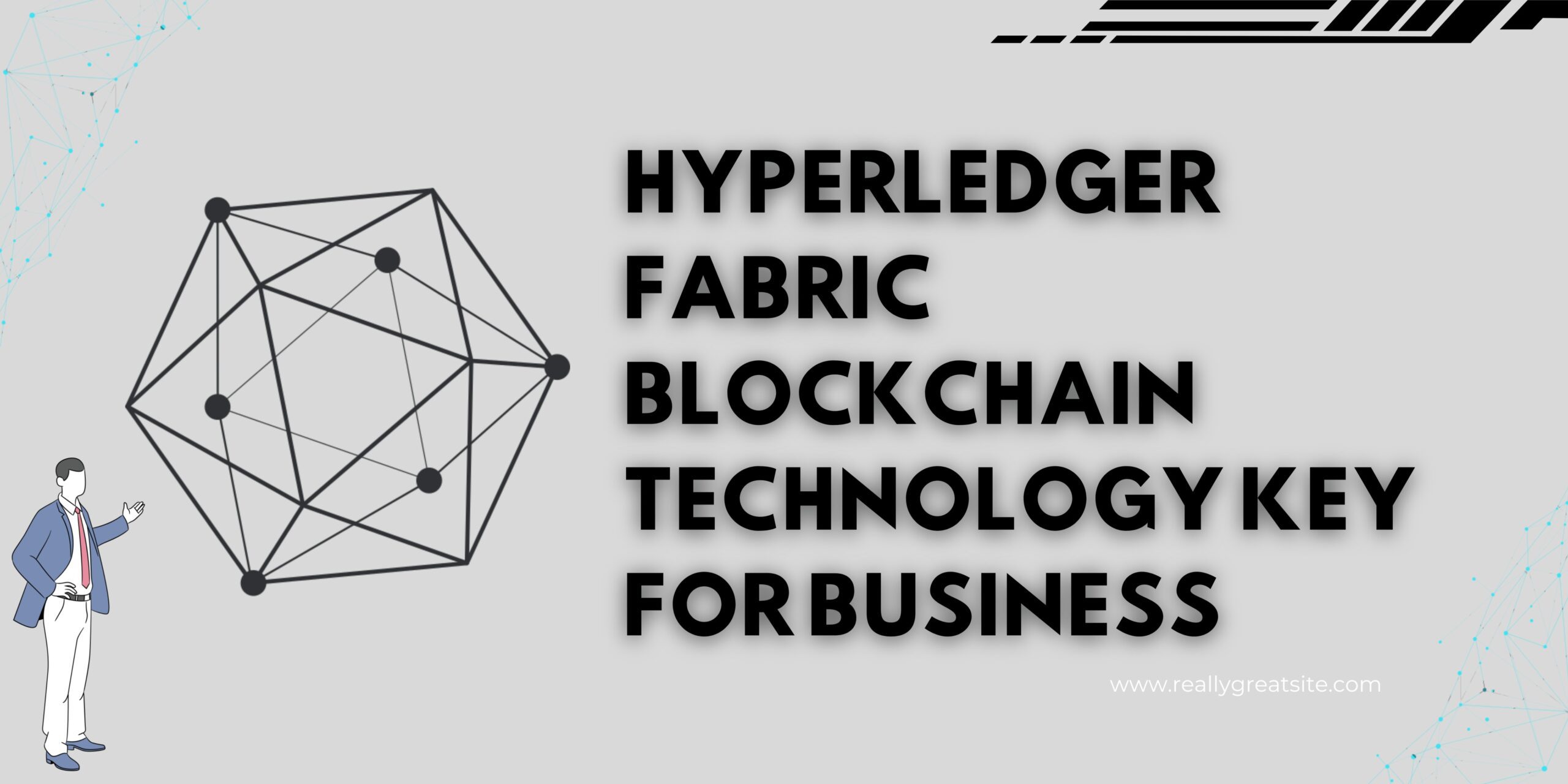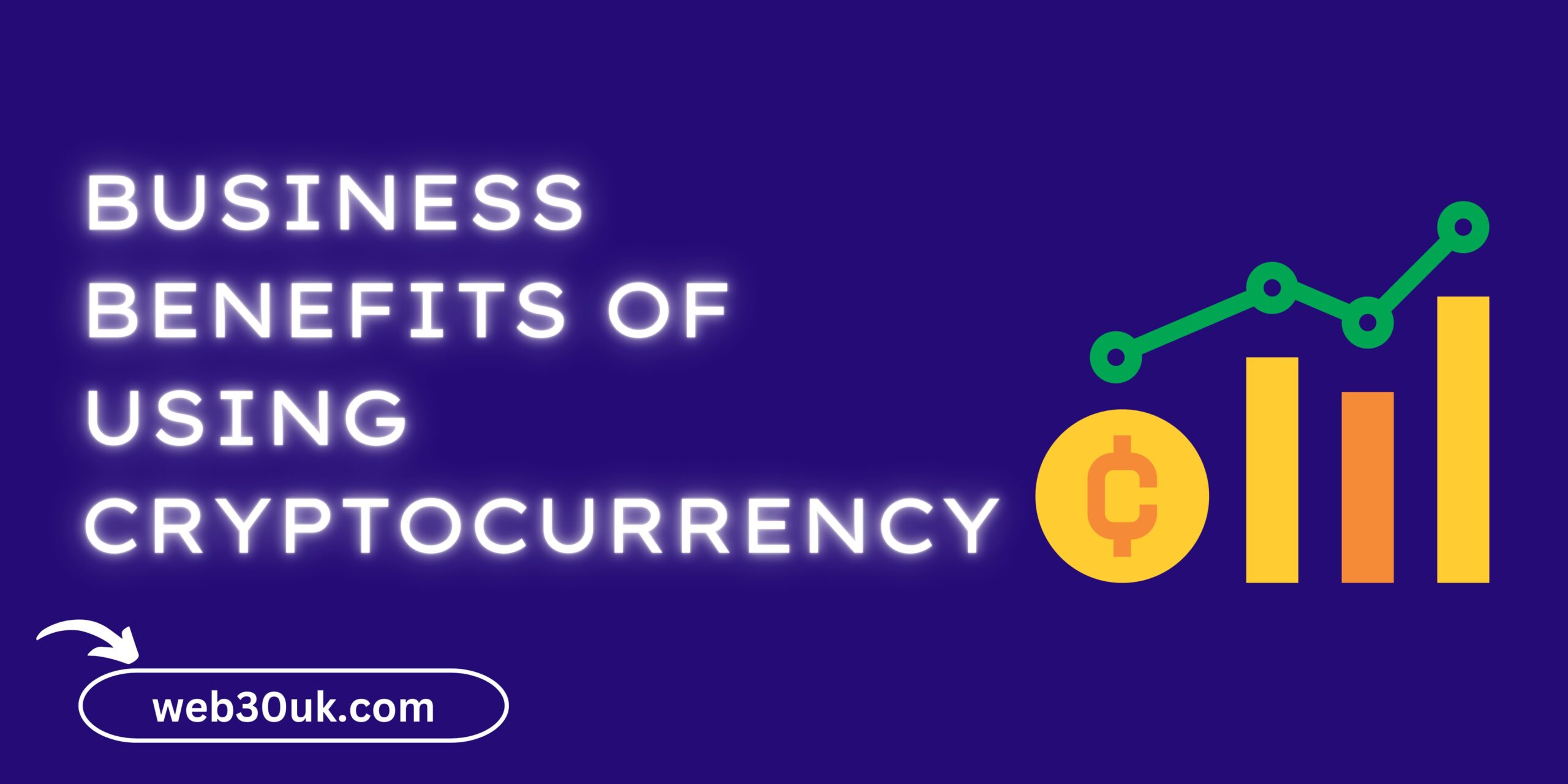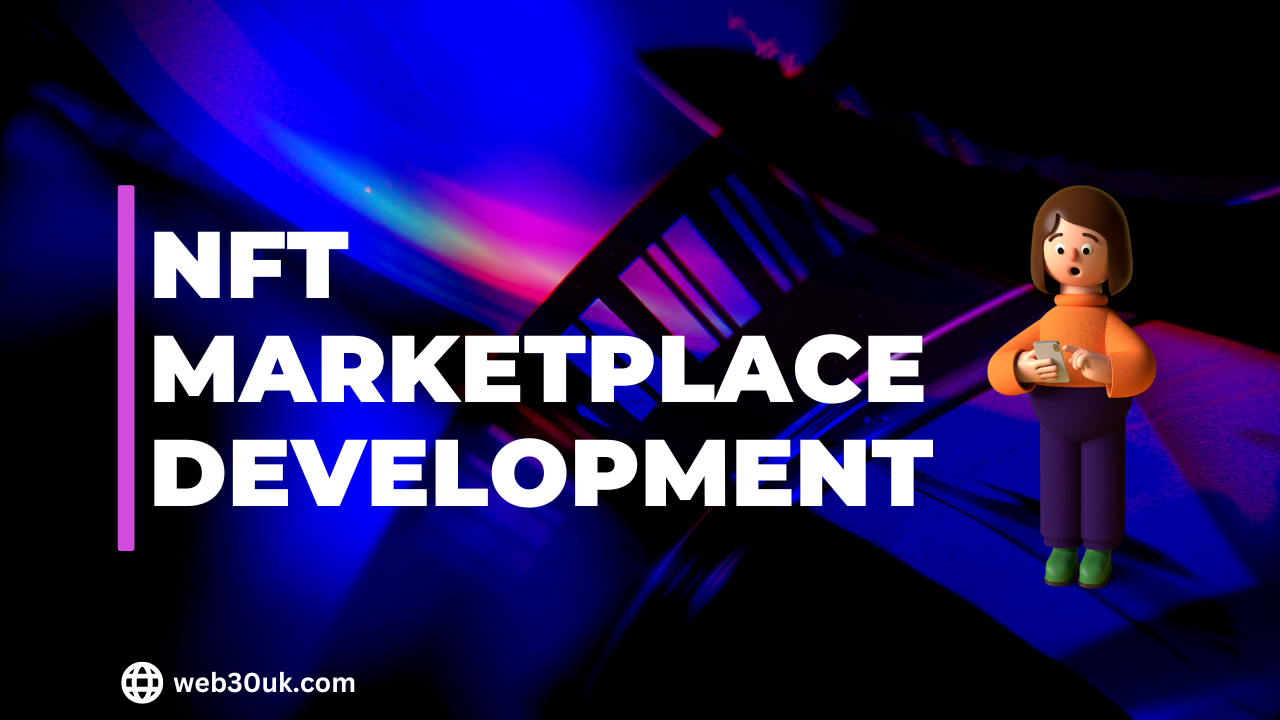Blockchain exchange development has become a hot topic in recent years. This innovative technology is transforming the financial industry, enabling businesses to conduct secure and transparent transactions with reduced costs. But what exactly is blockchain exchange development, and how can it help businesses maximize their profits?
In this article, we will explore the benefits of blockchain exchange development and how it can help businesses achieve their financial goals. We will also provide guidance on how to choose the right consulting partner for your exchange development project and what key considerations you should keep in mind before investing in this technology.
What is Blockchain Exchange Development?
Blockchain technology is a secure, decentralized database that allows for secure transactions without the need for intermediaries. With blockchain exchange development, businesses can create customized, secure platforms for exchanging assets and currencies. These platforms leverage the unique features of blockchain, such as immutability, transparency, and efficiency, to provide a superior user experience.
The exchange development process involves creating a platform for users to buy and sell assets using blockchain technology. This can include creating a blockchain-based wallet, integrating APIs, and connecting to various exchanges. The resulting platform provides users with a secure, fast, and reliable way to conduct transactions.
Blockchain technology is uniquely suited to exchange development because it provides a secure and transparent way to conduct transactions. Unlike traditional exchanges, which rely on third-party intermediaries to facilitate transactions, blockchain exchanges allow users to interact directly with one another. This eliminates the need for intermediaries and reduces the risk of fraud and security breaches.
Benefits of Blockchain Exchange Development
Blockchain exchange development offers several benefits to businesses looking to enhance their trading operations. Here are some of the key advantages:
| Benefit | Description |
| Enhanced Security | Blockchain technology uses cryptographic algorithms to secure transactions, making them virtually impossible to hack or manipulate. |
| Transparency | Blockchain technology enables transparent and auditable transactions, enabling users to track the flow of funds and ensure compliance. |
| Reduced Transaction Costs | Blockchain technology eliminates the need for intermediaries, reducing transaction costs and speeding up settlement times. |
| Increased Liquidity | Blockchain technology enables the creation of new financial products and services, increasing liquidity and opening up new revenue streams. |
| Greater Trading Volume | Blockchain technology enables faster and more efficient trading, leading to increased trading volumes and improved market liquidity. |
Overall, blockchain exchange development can help businesses streamline their trading operations, reduce costs, and improve profitability.
How Blockchain Exchange Development Can Maximize Profits
Blockchain exchange development has the potential to revolutionize the way businesses operate by providing a secure and transparent platform for conducting transactions. This innovative technology offers a range of benefits that can help businesses maximize their profits.
The main benefit of blockchain exchange development is enhanced security. Transactions carried out on the blockchain are encrypted and cannot be altered or tampered with. This provides businesses with a secure way to conduct transactions without the risk of fraud or theft.
In addition to enhanced security, blockchain exchange development also provides businesses with increased transparency. All transactions carried out on the blockchain are recorded on a distributed ledger, which can be accessed by anyone. This provides businesses with a transparent platform to conduct transactions, which can help to build trust with customers and partners.
Another key benefit of blockchain exchange development is reduced transaction costs. The decentralized nature of the blockchain eliminates the need for intermediaries such as banks or payment processors. This can help to reduce transaction fees, which can have a significant impact on a business’s bottom line.
Blockchain exchange development can also provide businesses with increased liquidity and trading volume. By providing a secure and transparent platform for conducting transactions, businesses can attract more buyers and sellers, which can help to increase liquidity and trading volume.
Businesses that have successfully leveraged blockchain technology to boost their revenues and reduce costs include Walmart, which uses blockchain to track the origin of its food products, and IBM, which is using blockchain to develop a supply chain management platform.
In order to maximize profits with blockchain exchange development, businesses should work with a reputable exchange development consulting partner. Such a partner can help businesses get the most out of their investment in blockchain technology by providing guidance on key considerations such as scalability, security, and compliance.
Overall, blockchain exchange development offers a range of benefits that can help businesses maximize their profits. By providing a secure and transparent platform for conducting transactions, businesses can reduce costs, increase liquidity, and attract more buyers and sellers. To get the most out of blockchain exchange development, businesses should work with a reputable exchange development consulting partner.
Choosing the Right Exchange Development Consulting Partner
Embarking on a blockchain exchange development project can be a daunting task. To ensure the success of such a project, it is essential to choose the right exchange development consulting partner. Choosing the right partner can mean the difference between a successful project and a costly failure.
Factors to Consider
When selecting an exchange development consulting partner, there are several factors to consider:
- Expertise: Look for a partner with expertise in blockchain technology and exchange development. They should have a thorough understanding of the latest trends and technologies in the field.
- Experience: Choose a partner with a proven track record of successful projects. They should have experience in developing similar projects in your industry.
- Reputation: Check the partner’s reputation in the industry. Look for reviews and testimonials from previous clients, as well as any certifications or awards they have received.
The Benefits of Working with the Right Partner
Working with a reputable exchange development consulting partner can bring a wide range of benefits:
- Reduced Risks: A knowledgeable partner can help identify potential risks and take steps to mitigate them, reducing the likelihood of costly errors and failures.
- Increased Efficiency: A skilled partner can help streamline the development process, reducing the time and resources required to complete the project.
- Access to Resources: A well-established partner will have access to a wide range of resources, including technology, expertise, and industry connections, that can be leveraged to maximize the success of your project.
- Improved ROI: By leveraging the latest technologies and best practices, a reputable partner can help maximize the return on investment of your blockchain exchange development project.
Choosing the right exchange development consulting partner is critical to the success of your blockchain exchange development project. By considering factors such as expertise, experience, and reputation, and working with a reputable partner, you can minimize risks, streamline the development process, and achieve your business goals.
The Benefits of Working with a Reputable Development Partner
When it comes to blockchain exchange development, partnering with an experienced and reputable development team can make all the difference. Here are some key benefits you can expect when working with a trusted exchange development consulting partner:
| Benefit | Description |
| Expertise | A reputable development partner will have extensive knowledge and experience in blockchain technology and exchange development, allowing them to provide valuable insights and guidance throughout the development process. |
| Efficiency | A skilled development team can help streamline the exchange development process, reducing the time and resources required to bring your blockchain platform to market. |
| Quality | A reputable partner will ensure that your exchange development project meets the highest standards of quality, with rigorous testing and quality assurance procedures in place. |
| Scalability | A trusted development partner will have the expertise to design an exchange platform that can scale up or down as needed, ensuring that the platform can handle increased user activity and transaction volumes. |
| Compliance | A reputable development team will have a thorough understanding of the regulatory landscape and will ensure that your exchange platform complies with all relevant laws and regulations. |
Ultimately, working with a reputable development partner can help ensure that your blockchain exchange development project is a success, delivering the features and functionality you need to maximize profits and stay ahead of the competition.
Key Considerations for Blockchain Exchange Development
Blockchain technology is transforming the way businesses operate by providing a secure, transparent, and cost-effective platform for conducting transactions. However, when embarking on a blockchain exchange development project, there are several key considerations that businesses need to keep in mind to ensure a successful outcome.
Scalability
One of the primary considerations for blockchain exchange development is scalability. With the increasing volume of transactions on the blockchain, it is essential to ensure that the exchange platform can handle high levels of traffic and maintain optimal performance. This requires careful planning and implementation of a robust architecture that can scale to meet the demands of the business.
Security
Security is another critical consideration for blockchain exchange development. As with any financial transaction, it is essential to ensure the security and integrity of the platform. This requires the implementation of stringent security protocols and measures, such as encryption and multi-factor authentication, to protect against unauthorized access and cyberattacks.
Compliance
Compliance is another important consideration for blockchain exchange development. Businesses must ensure that their platform adheres to the relevant regulatory requirements and standards, such as KYC (Know Your Customer) and AML (Anti-Money Laundering) regulations. Failure to comply with these regulations can result in severe penalties and damage to the business’s reputation.
User Experience
User experience is a crucial consideration for blockchain exchange development. Businesses need to ensure that their platform is intuitive, user-friendly, and provides a seamless experience for their customers. This requires careful attention to interface design, functionality, and ease of use.
Support
Finally, businesses need to consider the level of support they will require for their blockchain exchange development project. This includes ongoing maintenance, updates, and technical support to ensure that the platform operates smoothly and effectively. It is essential to choose a partner that can provide the necessary support and expertise to help the business achieve its goals.
By keeping these key considerations in mind, businesses can ensure that their blockchain exchange development project delivers the desired outcomes and helps them to maximize their profits.
Investing in Blockchain Exchange Development
Investing in blockchain exchange development can provide businesses with a variety of benefits, including enhanced security, transparency, and reduced costs. However, it is important to carefully consider whether such an investment is right for your business before making a commitment.
One of the key factors to consider when investing in blockchain exchange development is the potential return on investment. While there is no guarantee of success, businesses that successfully leverage blockchain technology can achieve significant cost savings and revenue growth.
Another important consideration is the level of risk involved in investing in blockchain exchange development. Like with any investment, there are potential risks to be aware of, such as regulatory concerns or technological vulnerabilities.
Overall, the decision to invest in blockchain exchange development should be made after a thorough analysis of the benefits and risks involved, as well as an assessment of the specific needs and goals of your business.
Section 9: Frequently Asked Questions (FAQ)
As the world continues to embrace blockchain technology, more and more businesses are turning to blockchain exchange development as a way to stay ahead of the curve. Here are some of the most commonly asked questions about blockchain exchange development:
Q: What is the cost of blockchain exchange development?
A: The cost of blockchain exchange development can vary depending on a number of factors, including the complexity of the project, the level of customization required, and the expertise of the development team. It’s important to work with a reputable exchange development consulting partner who can provide an accurate estimate of the cost of your project.
Q: How long does it take to complete a blockchain exchange development project?
A: The time frame for completing a blockchain exchange development project can also vary depending on a variety of factors. However, most projects can be completed within a few months to a year, depending on the scope of the project and the resources available.
Q: What are the potential benefits of blockchain exchange development?
A: The benefits of blockchain exchange development are many, including enhanced security, transparency, reduced transaction costs, increased liquidity, and the potential for increased trading volume. Blockchain technology has the ability to streamline business processes and improve efficiencies across a variety of industries.
Q: What are the potential risks of blockchain exchange development?
A: Like any new technology, blockchain exchange development comes with its own set of risks. One of the biggest risks is the potential for security breaches, as blockchain technology is a prime target for hackers. It’s important to work with a reputable development partner who can help you mitigate these risks and ensure that your exchange is as secure as possible.
Q: Is blockchain exchange development right for my business?
A: The decision to invest in blockchain exchange development should be based on a thorough analysis of your business needs and growth potential. If you’re looking to streamline your business processes, improve efficiencies, and stay ahead of the curve in a rapidly evolving market, then blockchain exchange development may be right for you. However, it’s important to work with a reputable development partner who can help you determine whether or not this technology is the right fit for your business.

